Image Credit: Hammer & Hand
Two houses in Oregon built by Hammer & Hand have won 2014 Green Home of the Year awards from Green Builder magazine, and the Pacific Northwest firm has gone to unusual lengths to explain how high-performance houses like these are made.
The award winners are the Karuna House, designed by Holst Architecture, in Yamhill County, and the Pumpkin Ridge Passive House, designed by Scott Edwards Architecture, in North Plains. Karuna House won the “Best Building Science” award; Pumpkin Ridge won the “Best Mainstream Green” award.
The twin awards make Hammer & Hand the only multiple award recipient in the national competition, the company said in an announcement.
The company previously offered for free a field guide of construction practices used by its crews in the field. Presentations on both of these award-winning houses use blogs and videos to add another layer of detail.
House wins three certifications
Karuna House, overlooking wine vineyards in a region southwest of Portland, is the first in the world to win certification from the Passive House Institute US (PHIUS), Minergie-P ECO, a Swiss standard, and LEED for Homes-Platinum, Hammer & Hand said.
It’s a net-positive building, meaning its ground-mounted photovoltaic array with a capacity of less than 10 kW produces more power than the house needs on an annual basis, including the juice for the homeowner’s electric car.
It doesn’t look like a house many people could afford (Hammer & Hand won’t say how much it cost to build, but published reports put the construction cost at $2 million), but the techniques and materials used to construct it are of potential interest to many builders. And Hammer & Hand has left few of them behind the curtain. In a construction blog written by Zack Semke, director of business development, and videos featuring project lead carpenter Scott Gunter and several other specialists, visitors to Hammer & Hand’s website get an inside look at many construction details.
In the sequence on the exterior walls, for example, Gunter talks in separate videos about the use of high-density cellulose, the air-barrier system, the rain screen, liquid-applied window flashing, and window installation. You’ll get theory as well as technique.
There are similar treatments for the foundation, windows and doors, and mechanical systems.
‘Mainstream’ award winner
The more approachable Pumpkin Ridge Passive House (photo below) should have very low heating and cooling bills, but Hammer & Hand says it will be no more expensive to own than a conventional house when monthly energy costs are weighed against mortgage, taxes and insurance.
In addition to meeting the PHIUS requirements, it’s also a Department of Energy Zero Energy Ready Home, and certified Earth Advantage Platinum.
Published blogs and videos provide less technical detail on this house than the Karuna House, but you can hear from the owners why they chose Passivhaus construction, and Zola Windows President Florian Speier talk about windows and doors.
Weekly Newsletter
Get building science and energy efficiency advice, plus special offers, in your inbox.

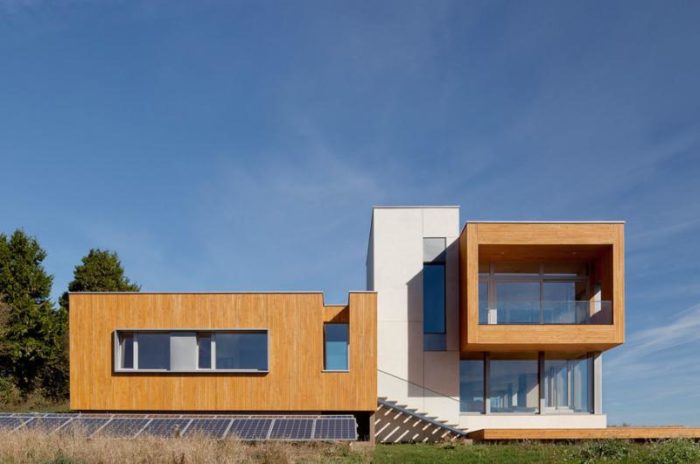




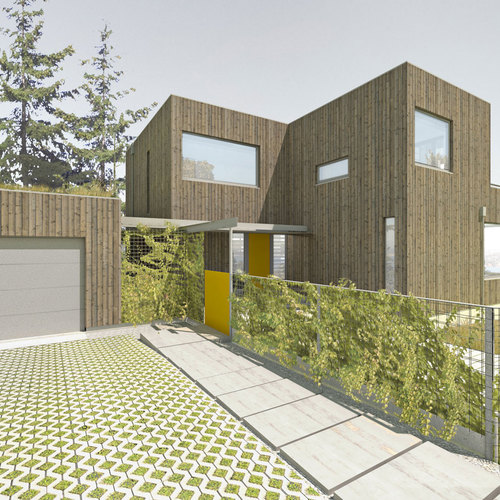
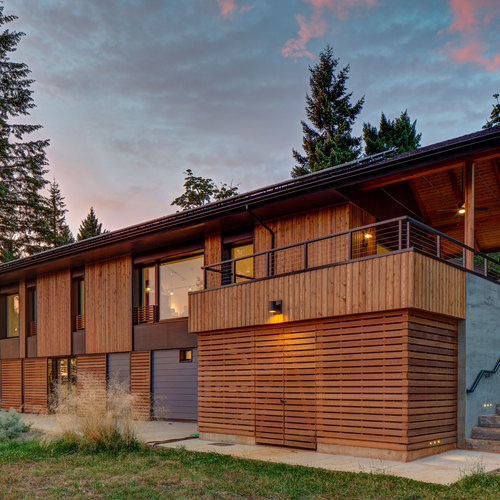
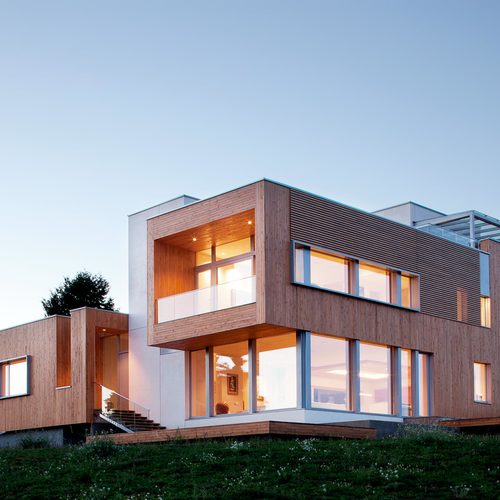
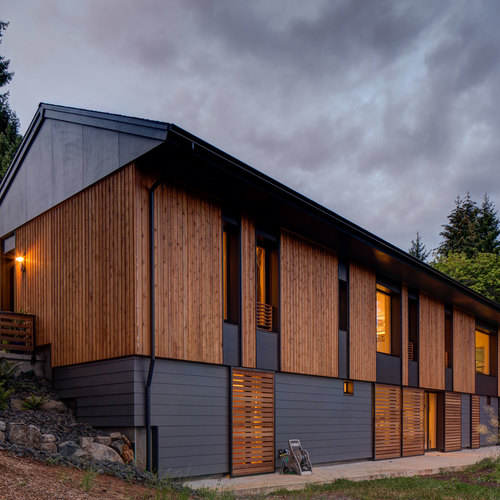






0 Comments
Log in or create an account to post a comment.
Sign up Log in